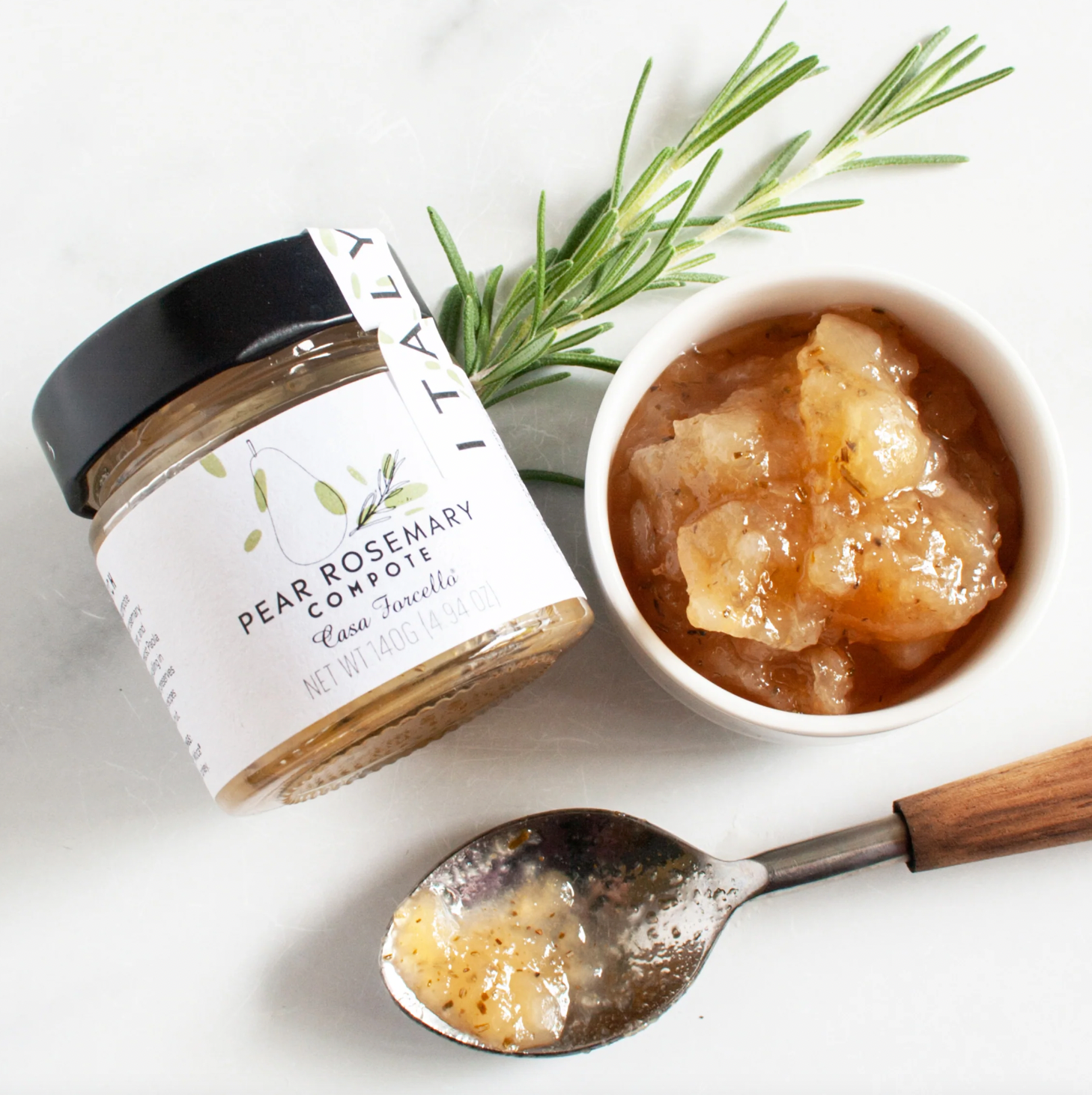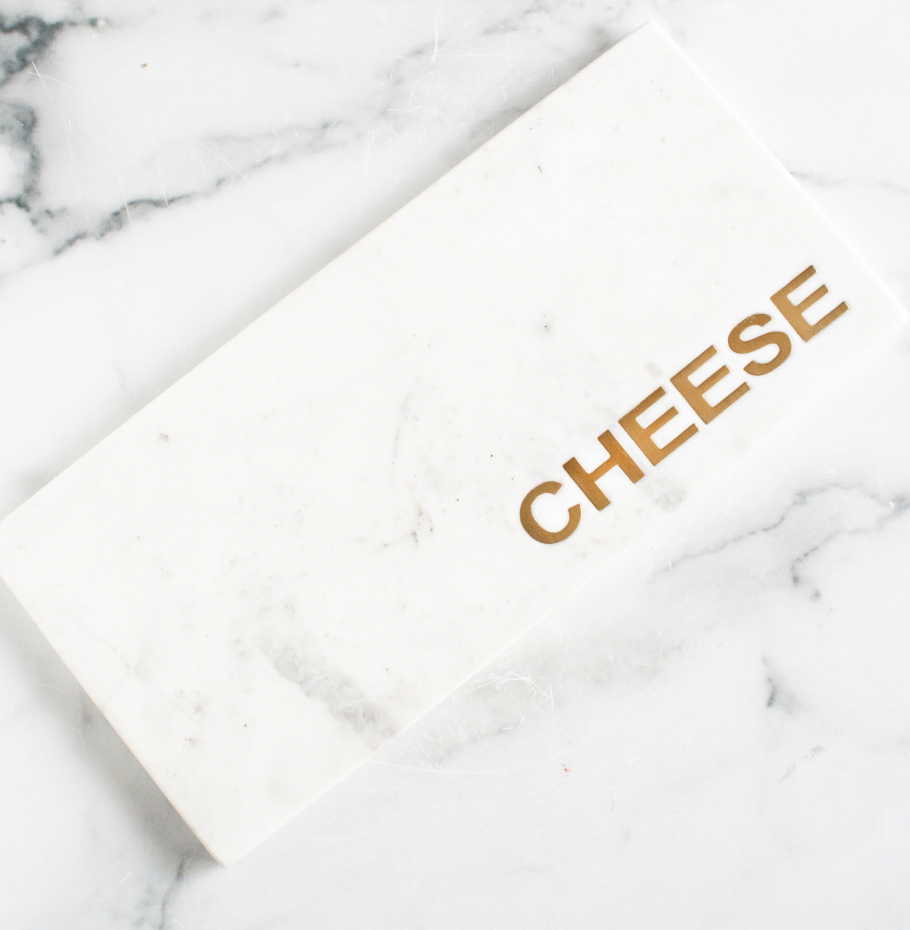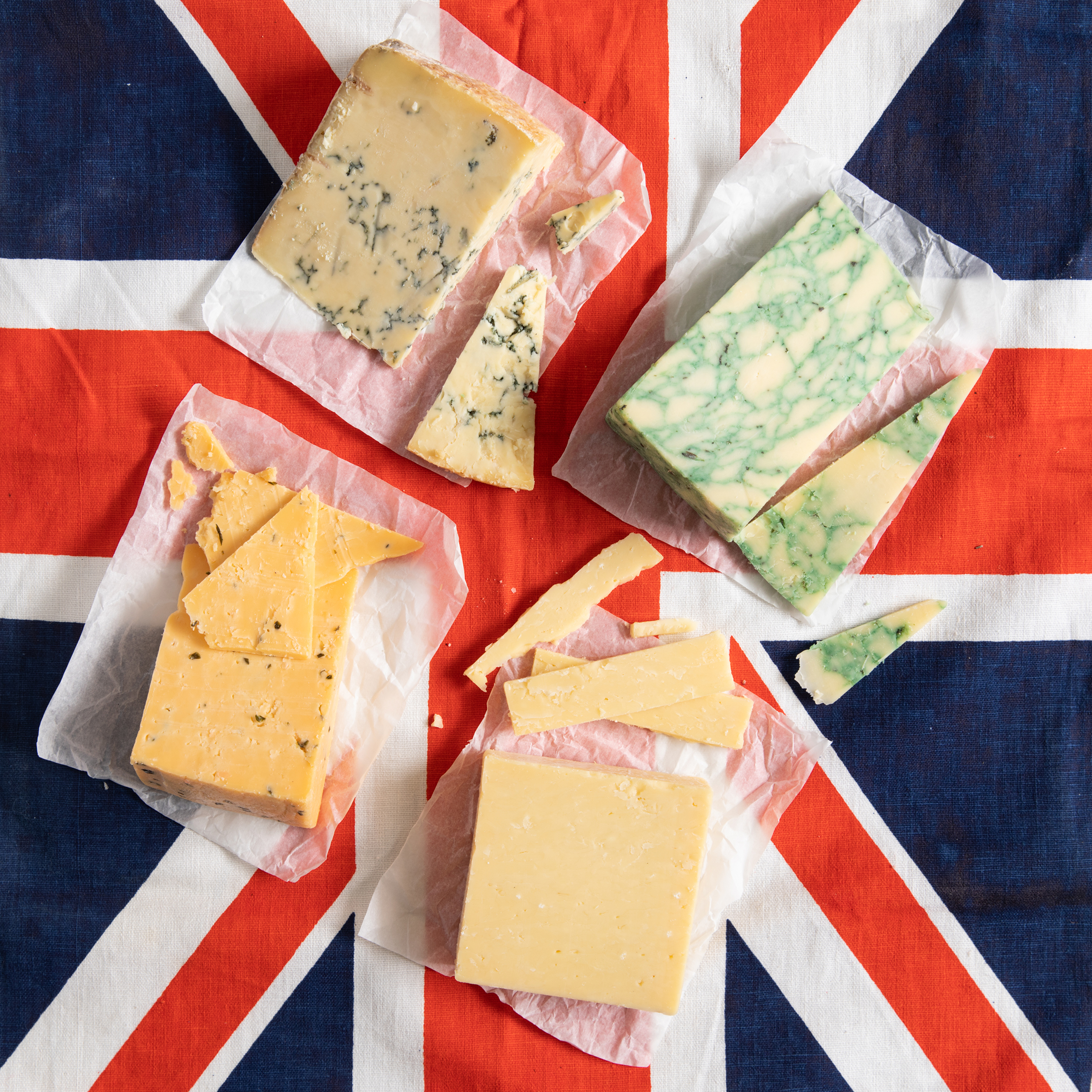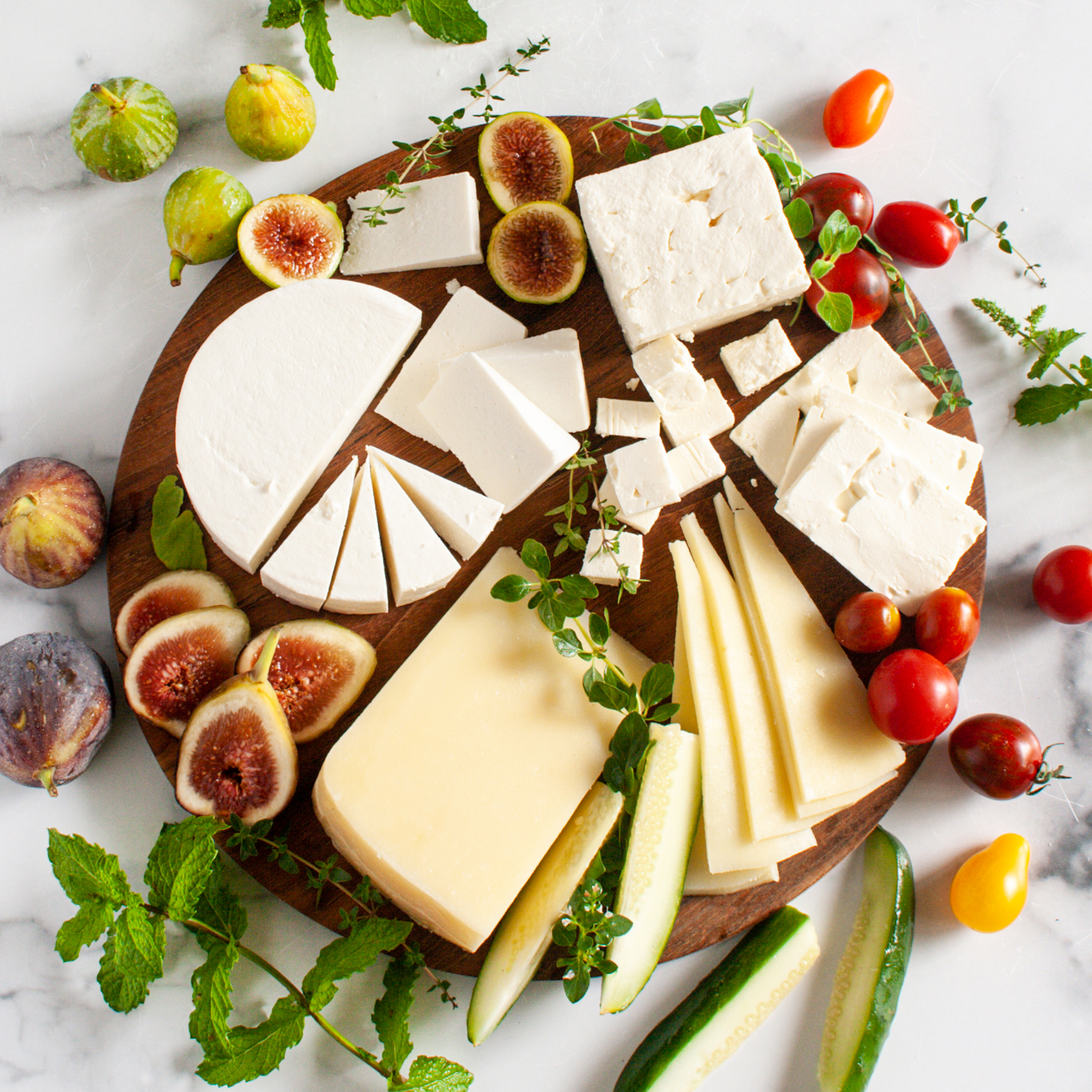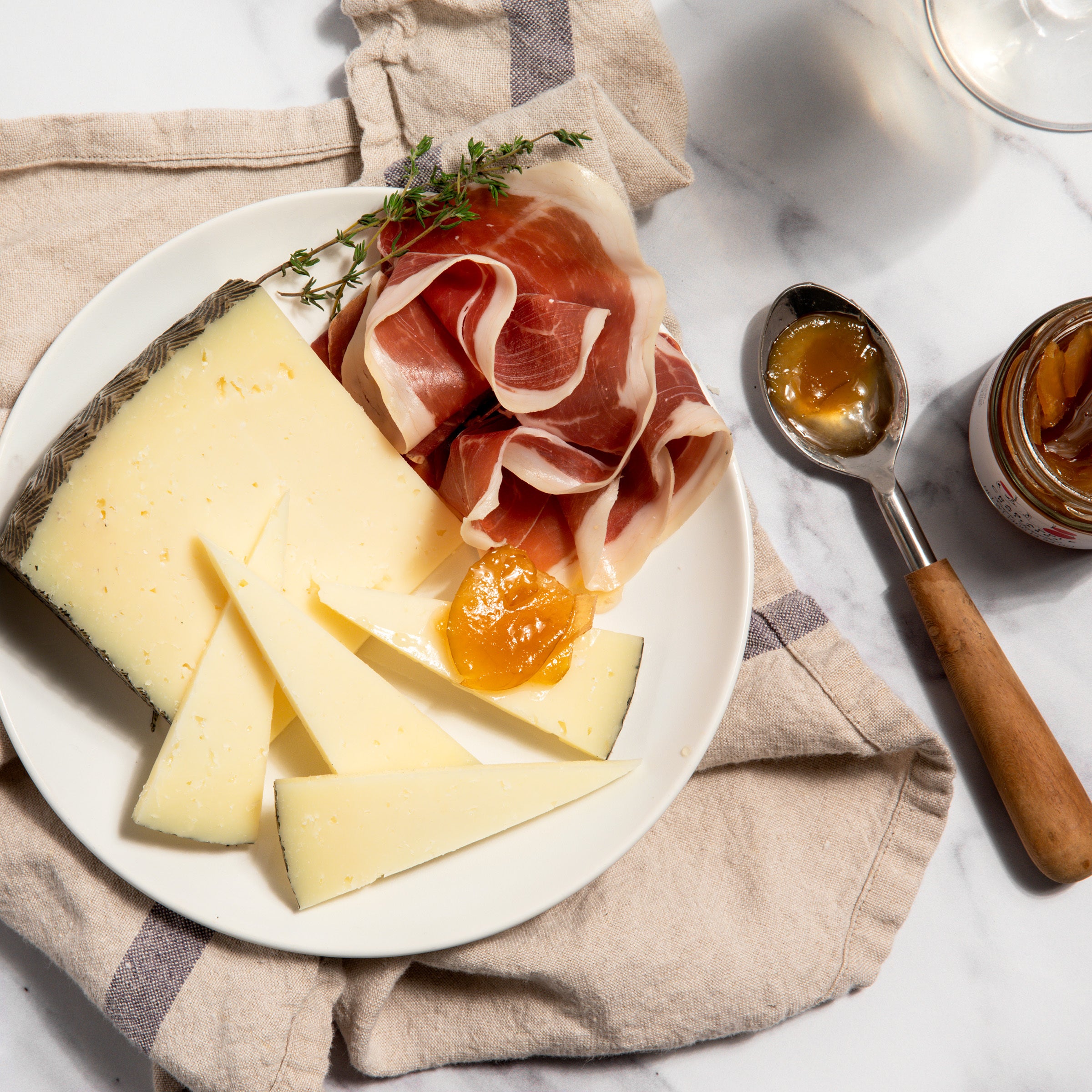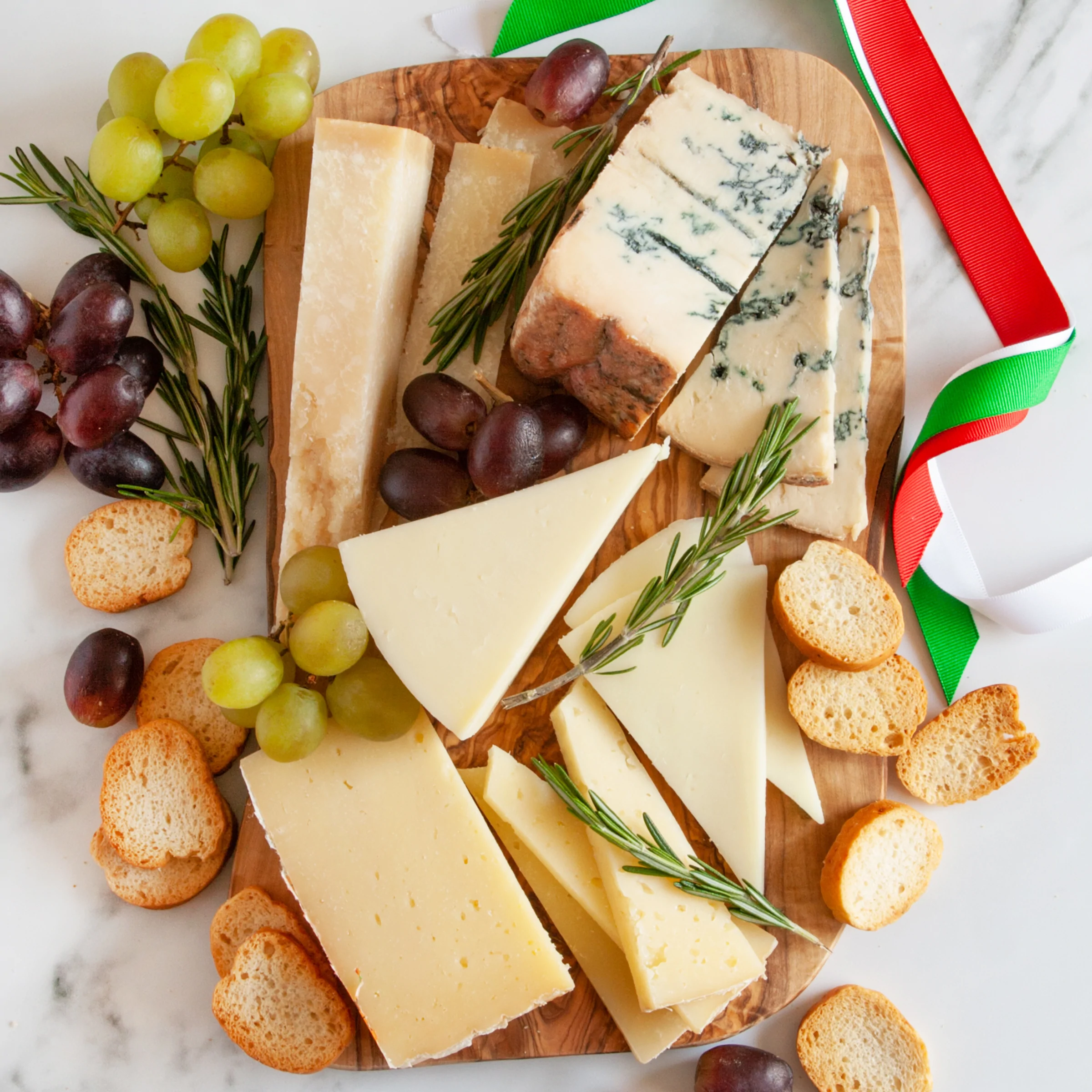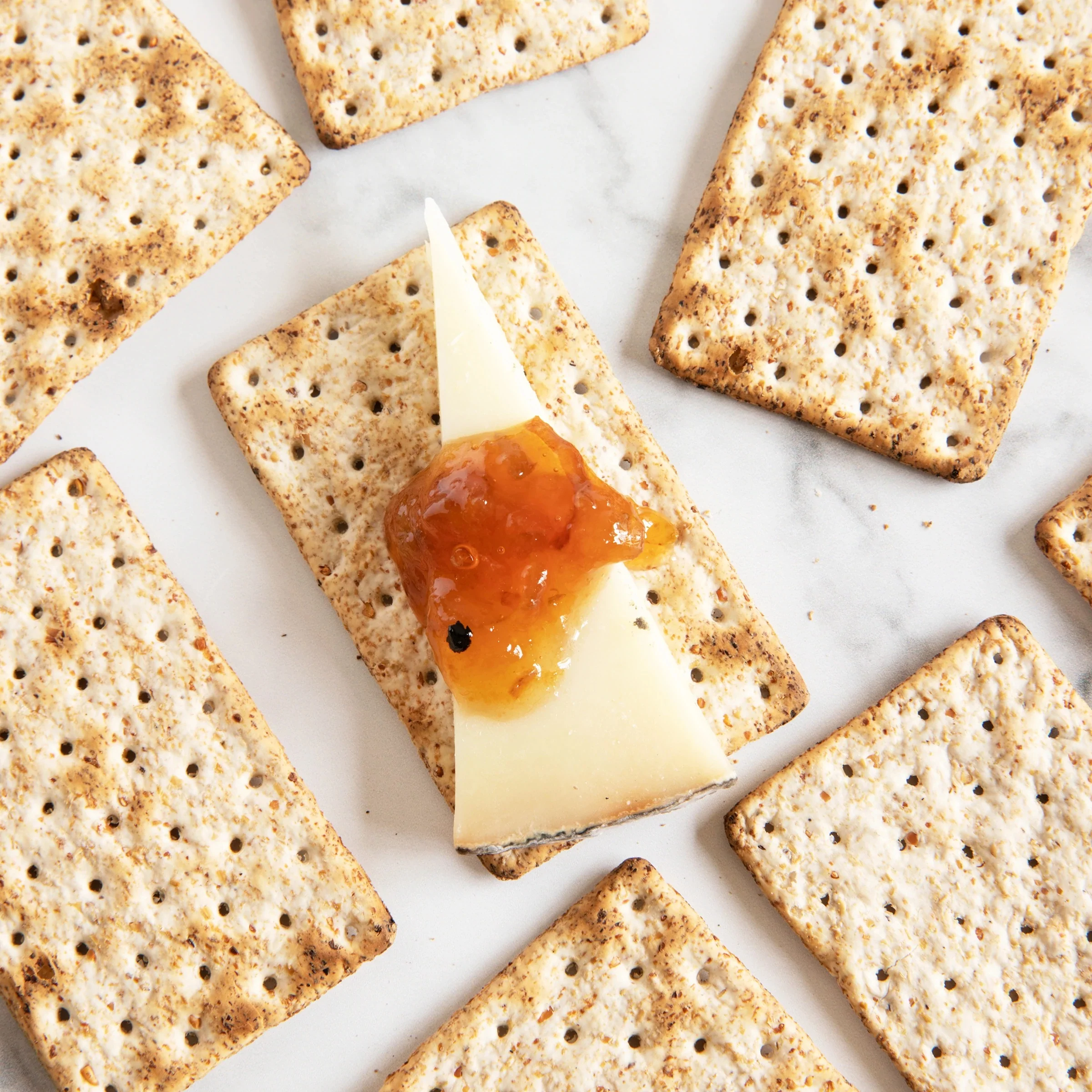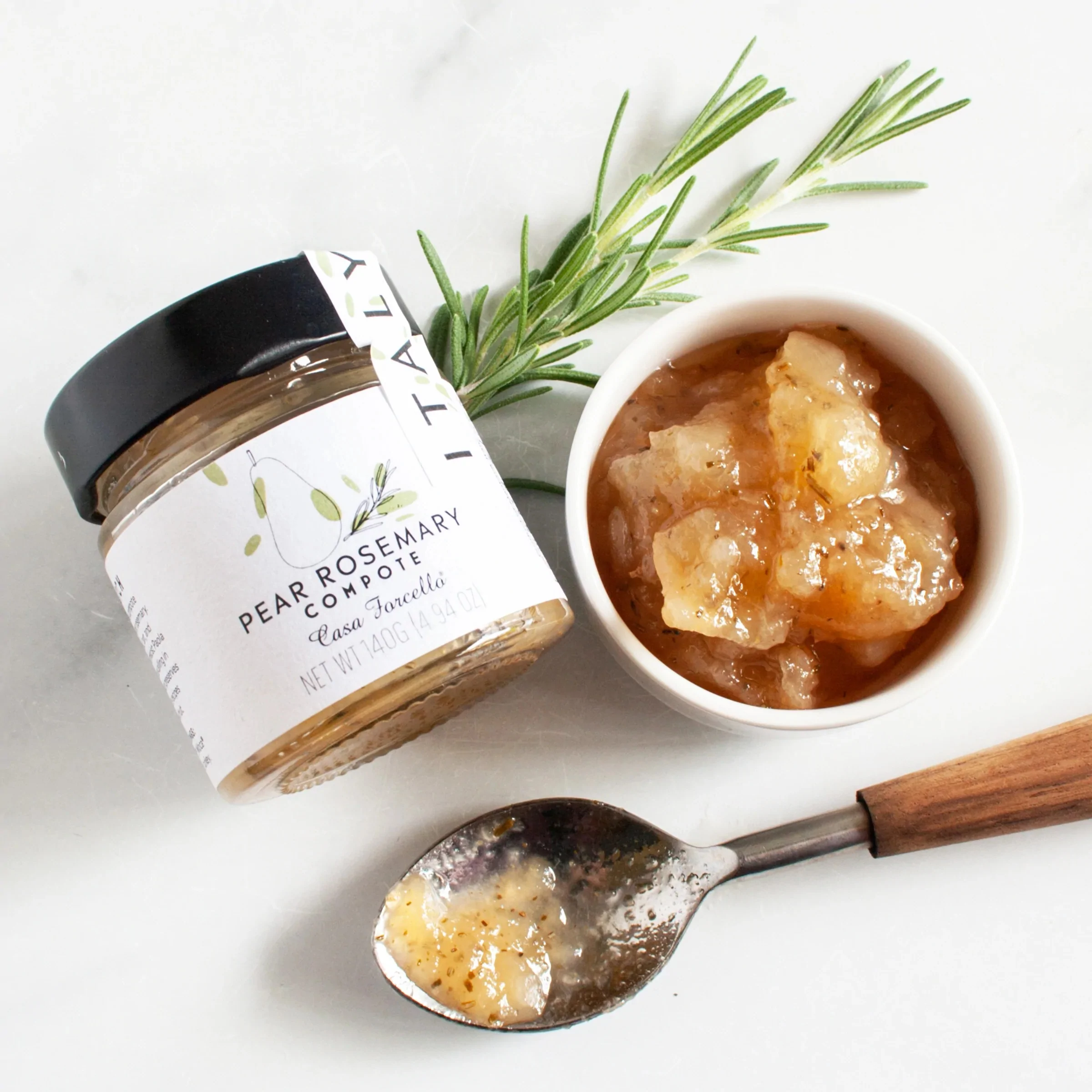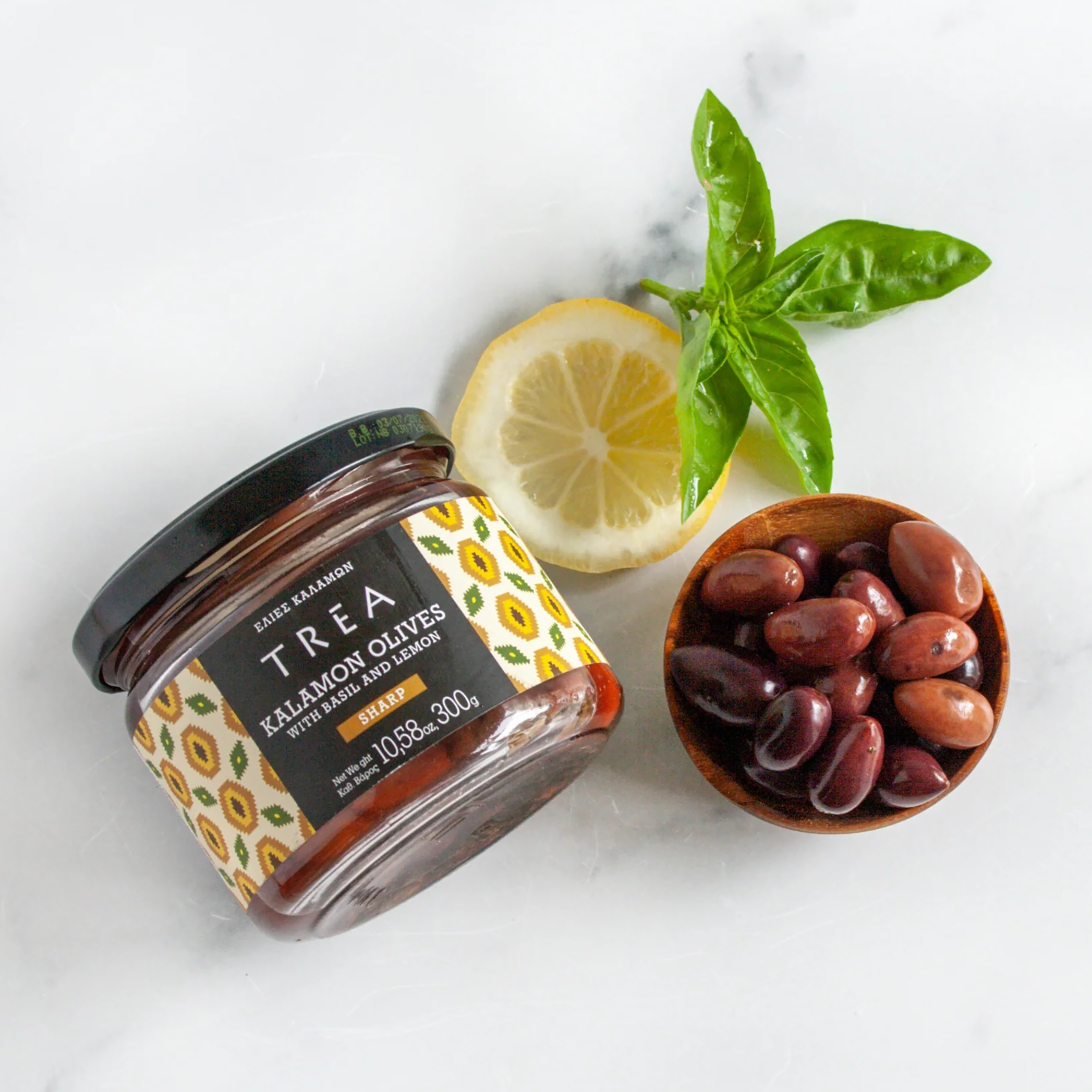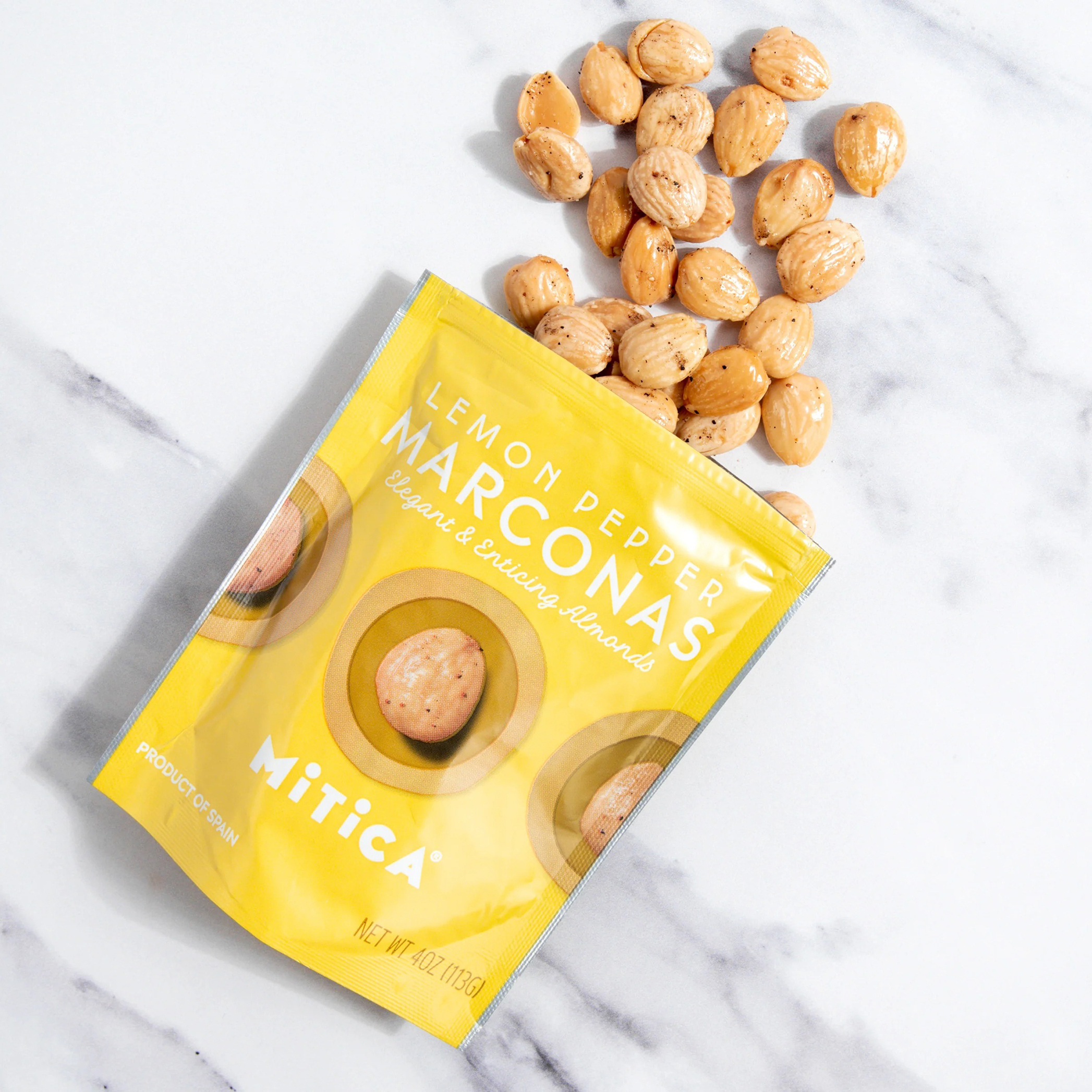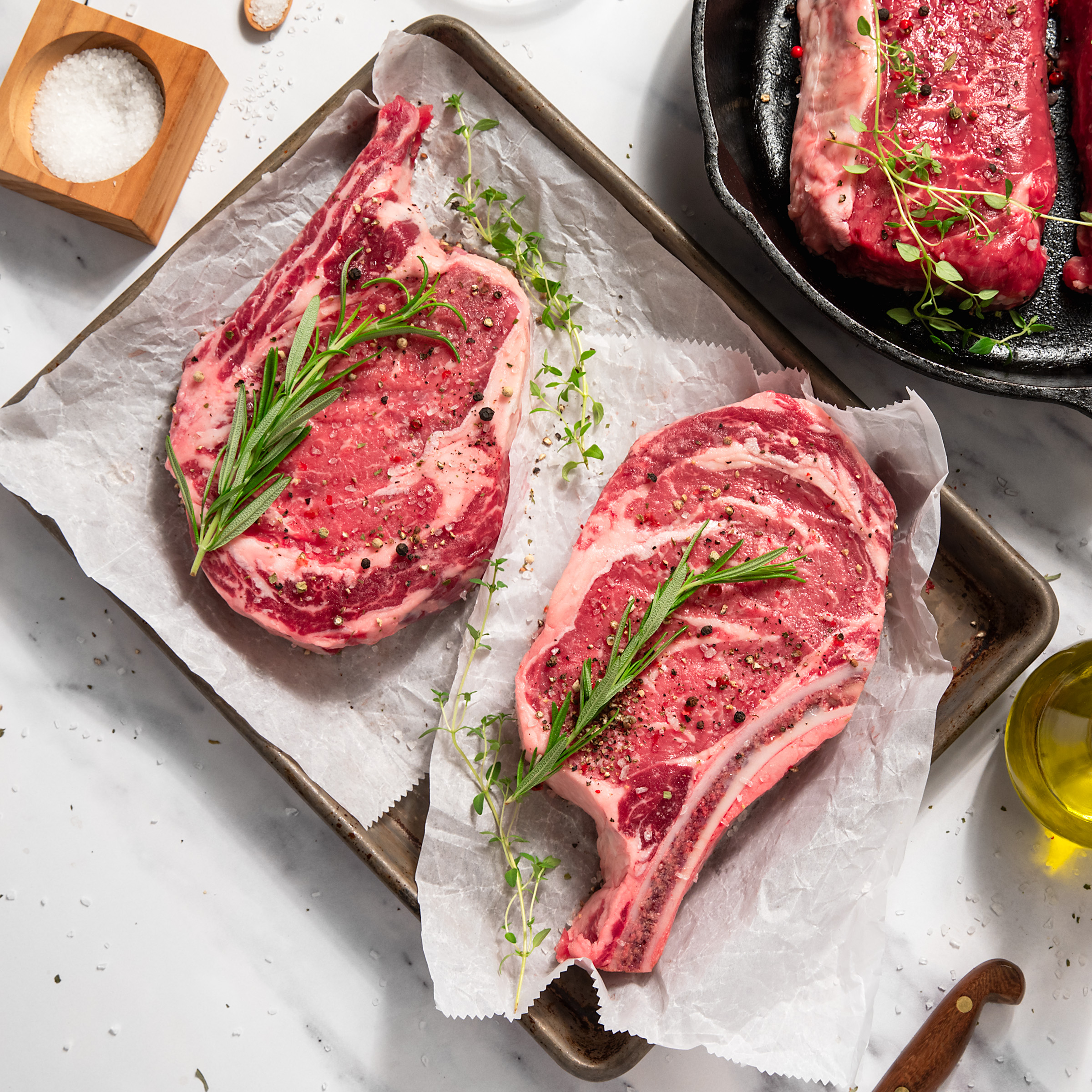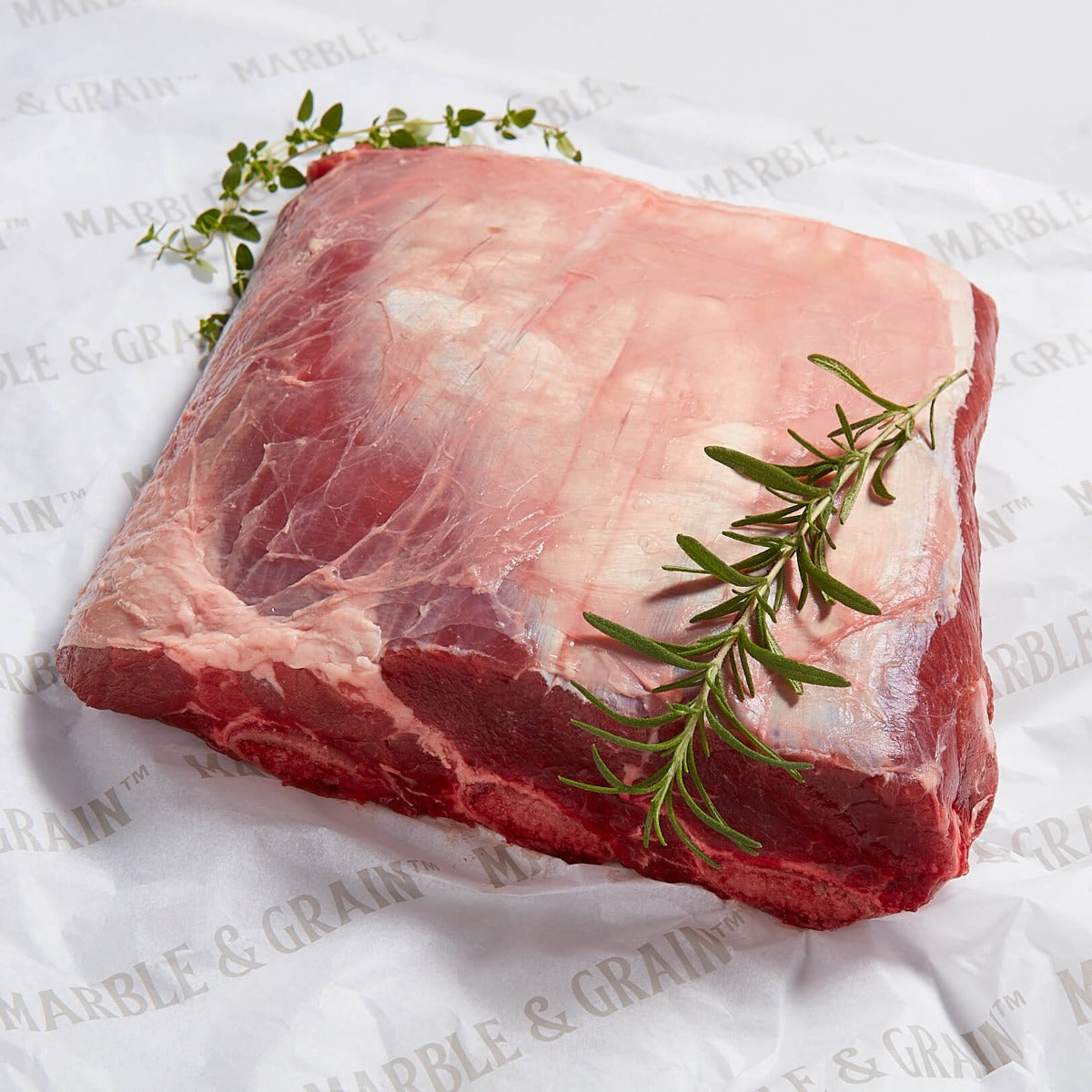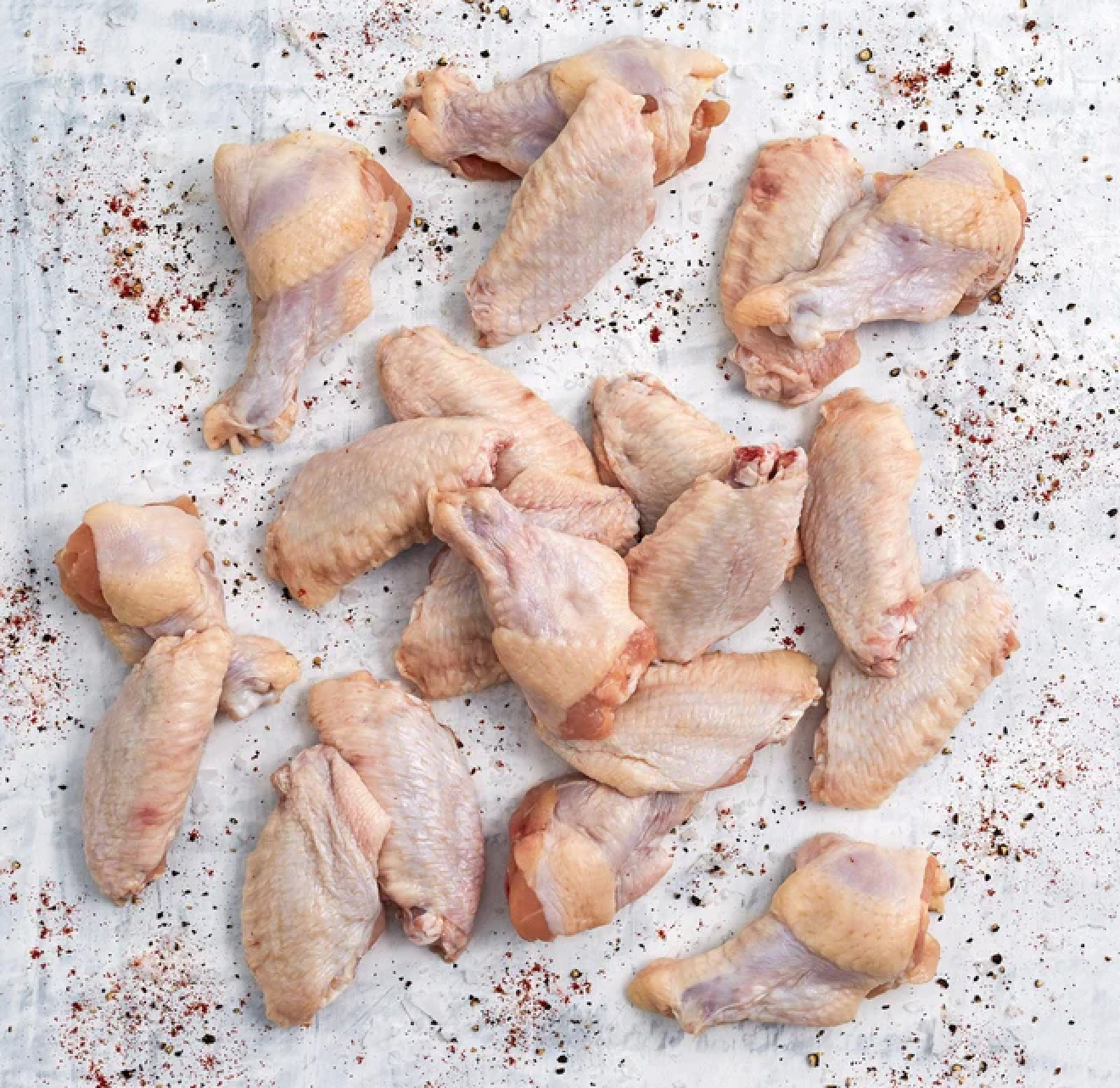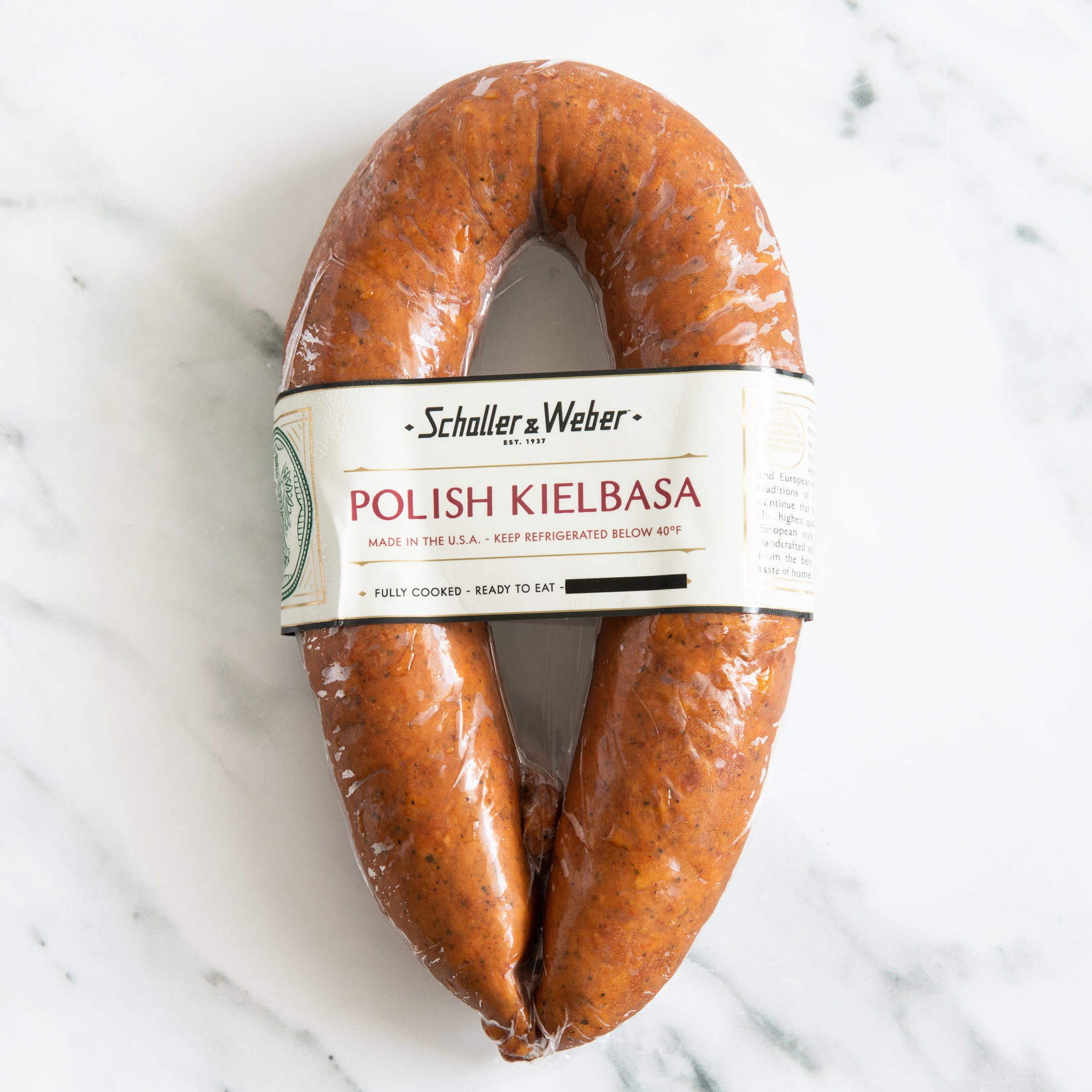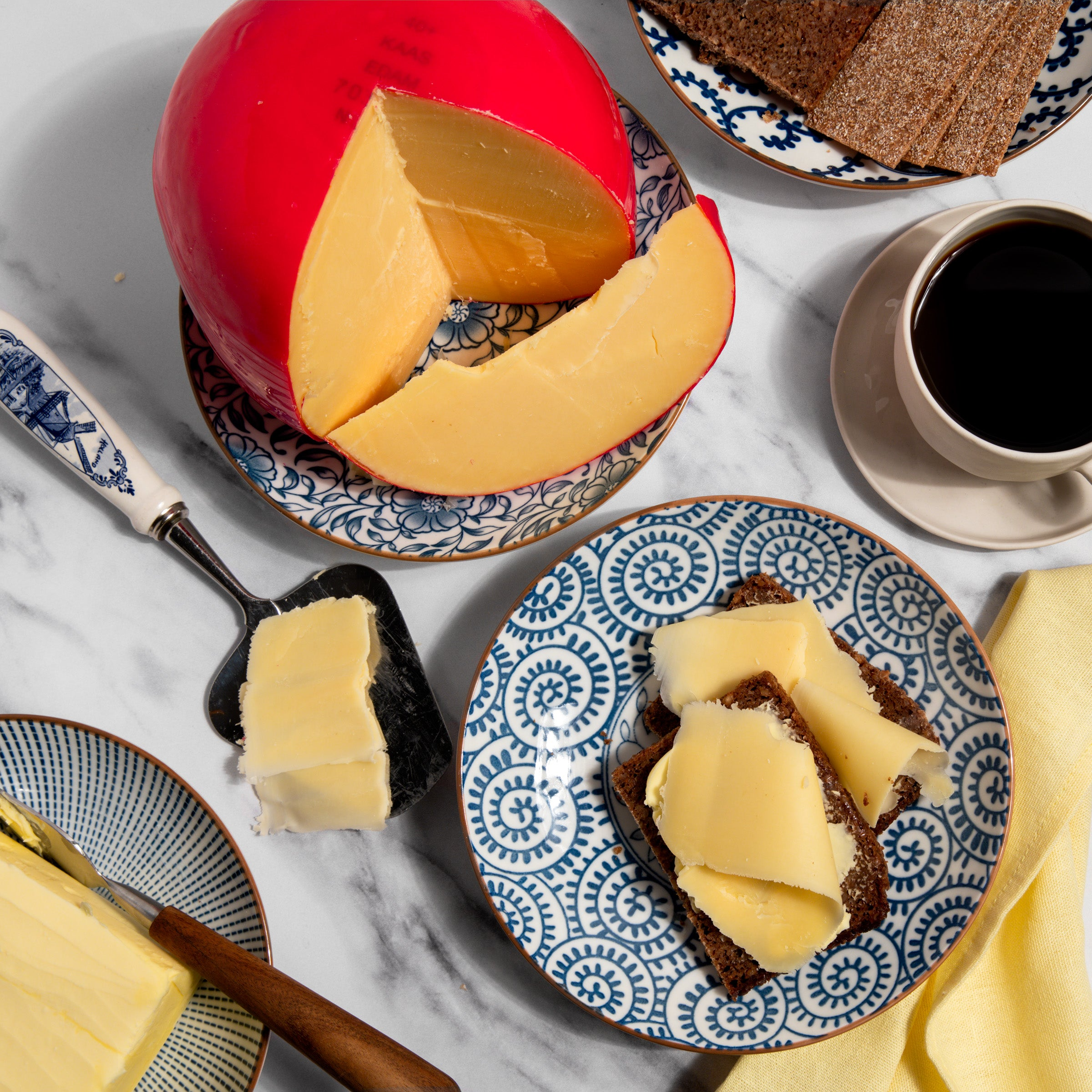Guide to Cheese Types
French Olive Oil - Gourmet Guide
June 12, 2019 | By Dave Mattingly
French Olive Oil History
Olive Oil, an oil produced from the fruit of the olive tree, originated in the Mediterranean region and was a prized elixir during ancient Greek and Roman times. Olive oil was called "liquid gold" by Homer and was used not only as a food, but also as a medicine, in religious rituals, for fuel in oil lamps and as a cosmetic. The olive tree may live up to 1,000 years or longer, and historically it was believed that a family's 3rd generation would reap the benefits of an olive tree. Olive trees were often planted by a grandfather, tended to by the son and the grandson would harvest the olives, so the benefits of olive trees would pass from generation to generation. Olive oil cultivation began in France when olive trees were introduced to southern regions of the country as the Roman colonies expanded. Yet in recent decades olive oil production in France seemed to be in terminal decline. Decimation from the climate, competition with more profitable vineyards and the availability of less expensive groundnut oils all contributed to decreased French Olive Oil production. A destructive freeze in Provence in 1956 destroyed most olive trees in the region, which caused many farmers to replant wine grapes instead of olive trees. Thus the 26 million olive orchards that thrived in France in the mid 1800s were reduced to nearly 3 million by the 1970s.
A resurgence of interest in olive oil came in the 1990s, thanks to studies on the "French Paradox". The French Paradox details an apparent contradiction between a diet rich in saturated fats and a lower percentage of cardiovascular problems for the French, compared with individuals in northern Europe or the US. The explanation for such a paradox was the relatively high French intake of fruits, vegetables, wine and olive oil. In addition, studies on the Mediterranean diet (a diet rich in fruits, vegetables, legumes, fish, olive oil plus a moderate amount of wine) reinforced the positive image of olive oil. Olive orchards soon multiplied throughout France and the rest of the world. 100,000 olive trees were planted in the decimated Provence region and French olive oil production in the south of France soon doubled, with production rapidly increasing particularly in the Languedoc region. Today global olive oil consumption is at an all time high. While Spain, Italy and Greece are the world's top olive oil producing nations, France is a much small producer. Although France produces olive oil on a lower scale than its neighboring countries, the French emphasize quality of their olive oil over quantity. French Olive Oil producers pride themselves on stringent production and quality standards. Such standards include density of olive trees per acre, method of harvest, and production techniques such as not using heat and chemicals during the production process.
French Olive Oil Production
Today, France produces approximately 5,000 tons of olive oil every year, of which nearly 90% is extra virgin olive oil. Extra virgin olive oil is olive oil that has been produced using physical means with no chemical treatment and has an acidity level less than .8%. There are approximately 30,000 olive growers in France located in 12 regions. Much of France's olive oil production in concentrated in a small area in the south of France near the Mediterranean Sea. Much of this oil comes from small producers in designated regions, hence the AOC (Appellation d'Origine Controlée) or Controlled Designation of Origin labeling which ensures product quality by requiring specific production methods using certain varieties of olives grown in defined geographic regions in France.
In the fall, French olives are harvested, crushed and pressed using traditional methods to extract water and oil. Centrifugal force separates the water from the oil prior to bottling. Many French Olive Oils are produced using no heat or chemical treatment during processing at low temperatures and only mechanical means usually within a few hours of harvesting. The acidity level of French Olive Oil is typically very low, which contributes to fruitiness and smoothness. French olives are most often harvested by hand and are processed using granite wheels and traditional presses. These processes contribute to the distinctive flavor and incredible aroma of French Olive Oils. Acidity, smell and flavor contribute to how a French Olive Oil is classified. Some aroma descriptions include "fruité noir", associated with vanilla and truffles, "fruité mûr" reminiscent of sweet almonds, and "fruité jaune" evocative of prunes and pineapples. Many French Olive Oils are priced higher than olive oils from other countries and this is partially due to the fact that between 5 and 7 kilograms of olives are needed to obtain just one liter of olive oil.
French Olive Oil Health Benefits
The many health benefits of French Olive Oil include its antioxidant properties as well as its high content of monounsaturated fatty acids. Olive oil may offer protection against heart disease by controlling LDL ("bad") cholesterol levels and raising HDL ("good") cholesterol levels. Olive oil contains polyphenols which are a type of phytonutrient which offers anti inflammatory benefits and may help protect the digestive tract. The polyphenols found in olive oil may also help lower the risk for certain types of cancer. Regular consumption of olive oil may help lower blood pressure and may help improve bone mineralization and calcification. A recent study in France indicated that older individuals who consume olive oil on a daily basis may even be protected from the risks of a stroke.
igourmet's French Olive Oil selection is sourced by Papillon and A L'Olivier, whose experts are dedicated to French Olive Oil cultivation and processing. Available in organic, infused and flavored varieties, igourmet offers the most complete line of oils on the web. When searching for gourmet food online, look no further than igourmet.com.
To find the gourmet olive oil and gift baskets online, begin your search at igourmet.com.

















